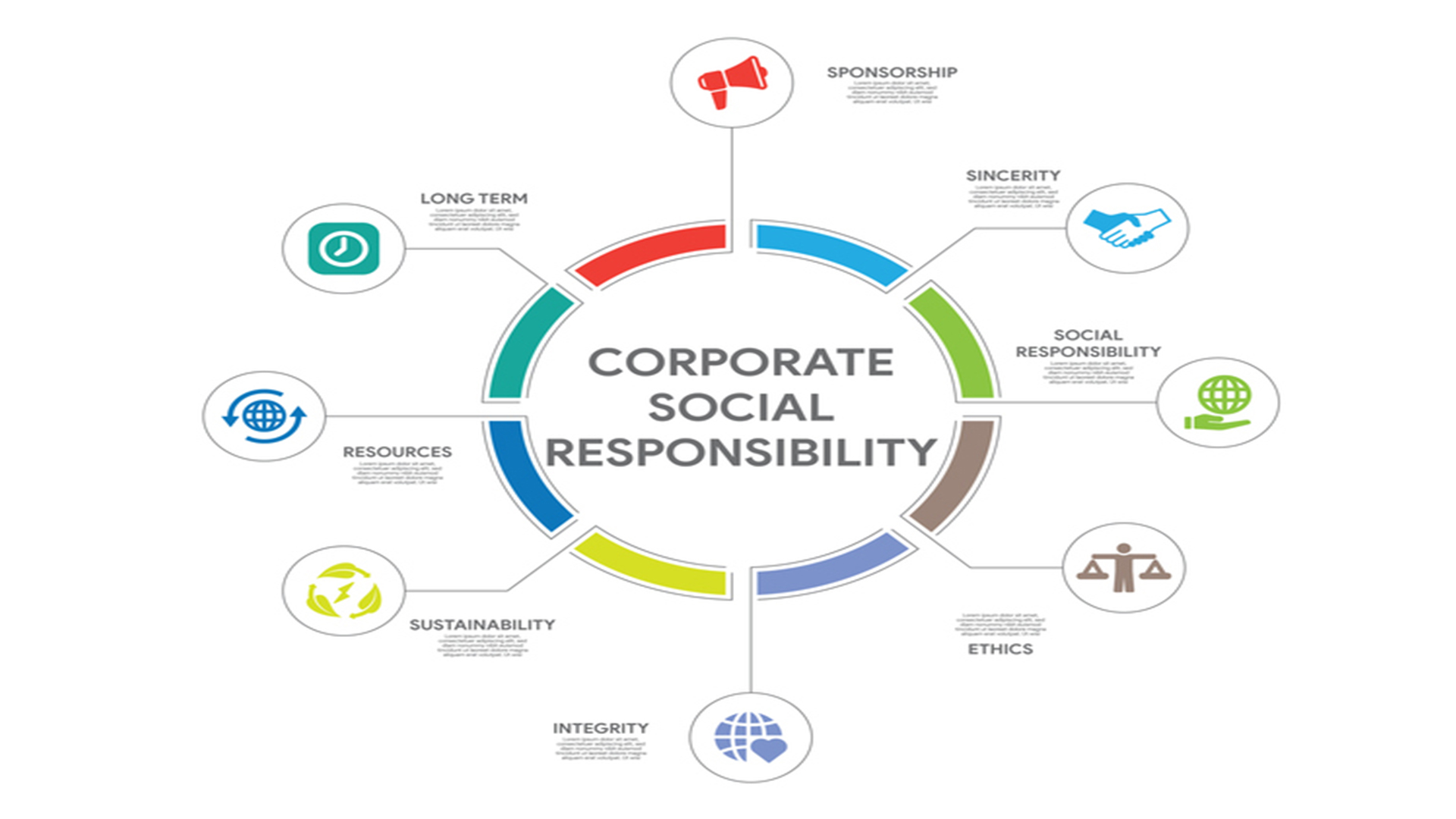
Effective Communication Through Feedback
Course overview
Have you ever provided someone at work with feedback? What effect did it have?
Have you ever had work-related feedback given to you? What did you discover?
Those who operate businesses have emotions. When we communicate with one another personally in professional settings, emotions are involved. This increases the likelihood of miscommunication since we might be unable to articulate ourselves clearly. Giving and receiving feedback is one of the most significant sources of these interactions in organizations.
What exactly is feedback, and why is it crucial? The sharing of information between two or more persons is referred to as feedback. Giving feedback enables the giver to improve the performance of the team and the business. It also aids the taker or seeker in better knowing what is expected of them by their bosses, team members, and stakeholders. All of these encounters at work involve human emotions. Consequently, it’s important to watch how we act when providing and getting comments.
The training course provided by Training Bee will consider how to successfully manage emotions in the workplace without offending coworkers’ feelings when providing feedback. The recipient must also become sensitive to receiving feedback with an open mind.
Introduction
Welcome to the “Giving and Receiving Feedback Training” course, where we set out on a transformative journey to master the art of effective feedback in order to become skilled communicators and collaborators. We will explore the nuances of giving helpful feedback and receiving insights that encourage growth both personally and within the context of our professional surroundings in this course.
The foundation of effective interactions is feedback, which fosters a culture of constant innovation, positive interpersonal relationships, and success. Whether you’re a manager overseeing a group of people, a peer working with associates, or an individual committed to your own growth, this course will provide you the knowledge and techniques you need to handle feedback dynamics with assurance and grace.
We are The Training Bee, a global training and education firm providing services in many countries. We are specialized in capacity building and talent development solutions for individuals and organizations, with our highly customized programs and training sessions.
Participants will build a strong toolkit for giving and receiving criticism that promotes excellence through interesting discussions, interactive activities, real-world case studies, and realistic scenarios. By the end of the course, you will have the skills necessary to establish a constructive feedback loop in which collaboration is encouraged and a climate of continuous development prevails.
Prepare yourself for this illuminating voyage of self-discovery and skill development as we unpack the significance of providing and receiving feedback. Your dedication to this training will not only improve your communication skills but also define your role as an agent of change both inside and outside of your organization.
Learning Objectives
Upon completing Giving and Receiving Feedback Training, participants will be able to:
- Learn the mindsets and behaviors that result in successful feedback.
- Bring about the mindset and behavior changes that will make people more responsive to feedback.
- Avoid making costly errors that could be brought on by fear in both the feedback-giver and -receiver.
- Encourage good behavior in the workplace
Our Unique Training Methodology
This interactive course comprises the following training methods:
- Journaling – This consists of setting a timer and letting your thoughts flow, unedited and unscripted recording events, ideas, and thoughts over a while, related to the topic.
- Social learning – Information and expertise exchanged amongst peers via computer-based technologies and interactive conversations including Blogging, instant messaging, and forums for debate in groups.
- Project-based learning
- Mind mapping and brainstorming – A session will be carried out between participants to uncover unique ideas, thoughts, and opinions having a quality discussion.
- Interactive sessions – The course will use informative lectures to introduce key concepts and theories related to the topic.
- Presentations – Participants will be presented with multimedia tools such as videos and graphics to enhance learning. These will be delivered engagingly and interactively.
Training Medium
This Giving and Receiving Feedback Training is designed in a way that it can be delivered face-to-face and virtually.
Course Duration
This training is versatile in its delivery. The training can be delivered as a full-fledged 40-hour training program or a 15- hours crash course covering 5 hours of content each day over 3 days
Pre-course Assessment
Before you enroll in this course all we wanted to know is your exact mindset and your way of thinking.
For that, we have designed this questionnaire attached below.
- What images spring to mind when you consider “feedback” in a professional setting? What do you think about its significance?
- Consider a recent instance where you got feedback. What did you think of the criticism? Has it affected the way you act or perform in any way?
- Describe a specific situation in which you had to critique a coworker, teammate, or subordinate. What was the topic of the feedback, and how did you approach the discussion?
- What possible advantages do you see in providing and receiving feedback inside a group or organization?
- How well do you believe you presently grasp the distinction between constructive and positive criticism, on a scale of 1 to 5?
Course Modules
This Giving and Receiving Feedback Training covers the following topics for understanding the essentials of the Agile Workplace:
Module 1 – COMMUNICATION INTRODUCTION
- How do you communicate?
- How do we talk to each other?
- How can we communicate poorly?
- The various ways people engage at work
Module 2 – FEEDBACK
- Type of comments
- For what purpose?
- Reason for the Feedback
- Qualities of effective criticism
- How can we avoid misunderstandings?
Module 3 – HOW TO GIVE REVIEWS?
- A format for constructive criticism
- Techniques for giving constructive criticism
- Positive versus negative criticism
- Comparing positive and negative feed forward
- How does Feedback function?
- What in feedback doesn’t work?
- Feedback non-verbal communication
Module 4 – THE POWER OF ACCEPTANCE
- Learn how to leverage the impact of expressing gratitude
- How can we become more productive by praising others?
Module 5 – COMMENTING ON TEAM MEMBERS
- How can we praise someone while reinforcing certain behaviors?
- Important guidelines to remember when giving praise
- How much should one laud?
Module 6 – SELF-INTROSPECTION
- Why Should I look inward?
- Advantages of self-reflection.
- Connecting self-analysis to criticism.
Module 7 – COMMENTS FROM SENIORS
- Think of ways to provide elders with feedback without offending them.
- What techniques should you employ to convey a crucial message while maintaining the relationship with seniors?
- Organizing your comment(s)
- The beginning and end of feedback
Module 8 – GETTING COMMENTS
- How do people respond when given criticism?
- Managing people who are overly critical when getting feedback Employing a straightforward yet effective method to neutralize an overly critical person
- Using nonverbal cues while getting feedback
Post-course Assessment
Participants need to complete an assessment post-course completion so our mentors will get to know their understanding of the course. A mentor will also have interrogative conversations with participants and provide valuable feedback.
- How has being a member of this course affected your understanding of feedback? Please give specific illustrations.
- What fresh approaches or methods have you discovered, in light of the training, for providing constructive criticism to your coworkers or team members?
- Describe a scenario in which you successfully implemented the training’s principles to offer constructive criticism. What happened as a result?
- After finishing this course, have you seen any changes in how you take in and react to feedback? If so, give more details.
- How confident are you right now, on a scale of 1 to 10, in your ability to provide feedback that is well-received and results in favorable outcomes?
Lessons Learned
Participants agree that feedback, whether positive or negative, is a gift that encourages development and advancement. They are aware of the importance of receiving and providing feedback for both professional and personal growth.
Participants have learned the value of active listening when receiving feedback. Active listening improves communication. They are aware that active listening promotes improved comprehension and facilitates the development of enduring professional connections.
Participants are aware of the influence that constructive criticism has on bringing about positive change. They’ve mastered the art of giving constructive criticism in a way that emphasizes areas for development without discouraging or demoralizing those who receive it.
“Feedback Illuminated: Illuminating the Road to Successful Collaborations”







